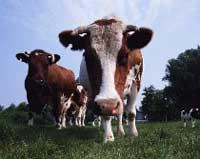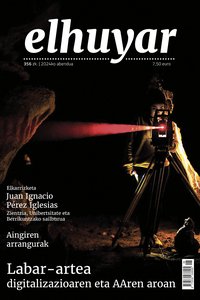Cow and dog genome slope

The decision was published by the U.S. National Human Genome Research Institute after analyzing all the candidates. The inclusion in the list does not guarantee the study of genomes, but the priority. At the time of the selection, the scientists of the institute have studied the scientific advances that can suppose the study of the genomes of this being and the reasons why these three beings have been selected have been very different. In the
case of the dog, the main cause is the study of diseases. Dogs suffer many human diseases, such as heart disease, cancer, deafness or narcolepsy. Therefore, scientists believe that knowing the dog's genome allows a better understanding of the origin and mechanisms of these diseases.
The same goes for the cow. Although it does not seem like a regular laboratory animal, scientists claim it is the most appropriate animal for the study of tuberculosis, and in another order, the knowledge of its genome will help create a sweeter meat with less fat.

Single-cell oxytricha trifallax, on the other hand, is a suitable study due to the peculiarity of its genome. Although it is a unicellular organism, it has in the genome as many genes as a rat – about 30,000. Scientists say that it is important to know the mechanism of penetration of so many genes in such a small place and then know how it happens in humans.
However, these three beings are not the only ones on the list. In addition, hen, chimpanzee, bee, sea urchin, invertebrate Tetrahymena and 15 species of fungi await the study of their genome. On the other hand, other creatures such as pig, cat and macaque Rhesus have already appeared.
Buletina
Bidali zure helbide elektronikoa eta jaso asteroko buletina zure sarrera-ontzian










